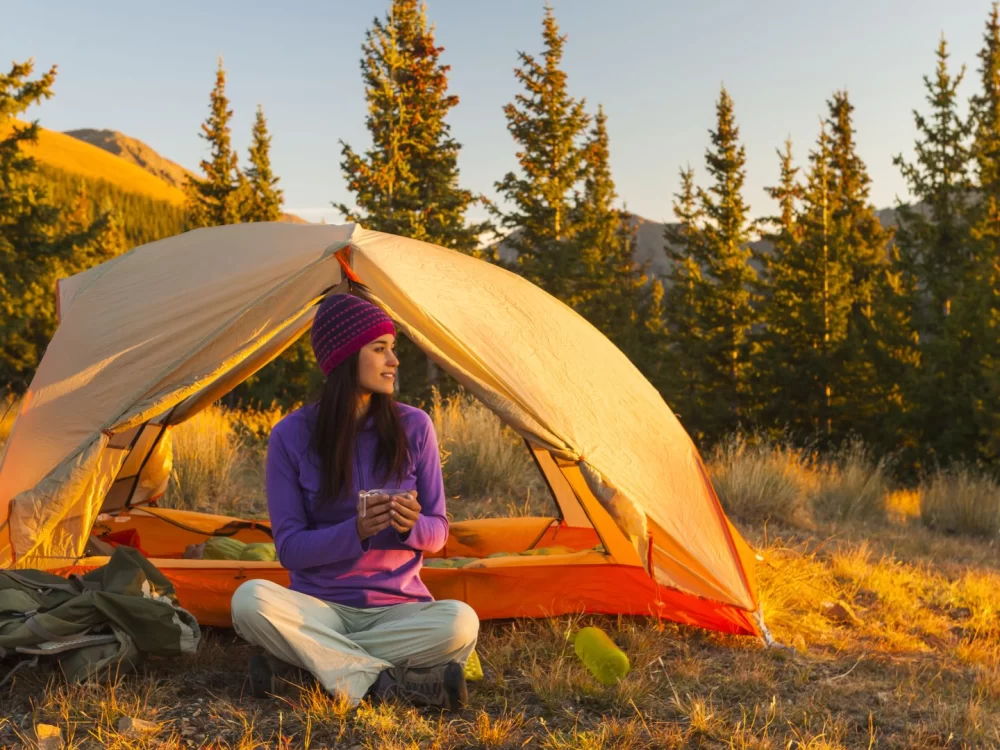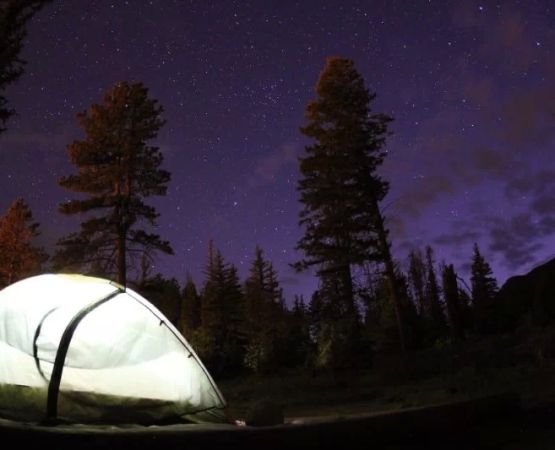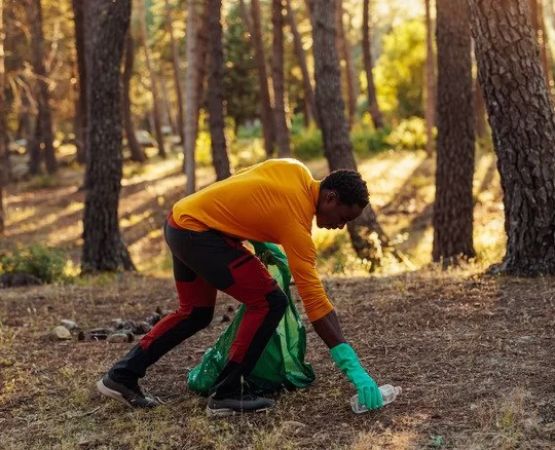Tips for Camping in Remote Areas of the US: Essential Advice for Wilderness Adventures
There’s something truly magical about camping in remote areas of the US. From the rugged landscapes of the Rockies to the quiet forests of the Pacific Northwest, the wilderness offers unparalleled peace and adventure. I remember my first time camping in a remote location, far from any trailheads or established campsites. It was an experience that taught me a lot about preparation, self-reliance, and the beauty of nature. Over the years, I’ve learned some essential tips for camping in these isolated areas, and I’d love to share them with you. Whether you’re an experienced camper or a newbie, these tips will ensure you have a safe and enjoyable adventure.
1. Plan Your Trip Thoroughly
One of the most important aspects of camping in remote areas is thorough planning. Before heading out, I always make sure to research the area extensively. Here’s how I prepare:
- Know the Terrain: It’s crucial to understand the terrain and geography of the area where you’ll be camping. Research maps, trails, and natural features like rivers, cliffs, and forests. The more information you have, the better you can anticipate potential challenges during your trip.
- Check the Weather: Weather can change quickly, especially in remote areas. I always check the weather forecast for the entire trip duration and pack accordingly. If there’s a chance of rain, snow, or extreme temperatures, I adjust my gear and clothing to ensure I stay comfortable.
- Obtain Permits: Many remote camping areas in the US require permits or reservations, especially in national parks or wilderness areas. Make sure to check whether you need a permit for camping or a backcountry pass. I once nearly missed a camping opportunity because I didn’t secure the proper permits in advance.
Planning well ensures that I’m prepared for the unexpected and helps me stay safe in an unfamiliar environment.
2. Essential Gear for Remote Camping
When you’re far from civilization, your gear becomes your lifeline. Over time, I’ve discovered that packing the right equipment is crucial for a successful remote camping trip. Here’s a list of gear I never leave without:
- Navigation Tools: A good map, compass, or GPS device is essential. I also bring a backup, like a paper map, because electronic devices can fail or run out of battery in remote areas.
- Reliable Shelter: When camping in isolated areas, I opt for a durable, lightweight tent that can withstand rough weather conditions. I’ve learned from experience that choosing a high-quality tent is worth the investment, especially in places where harsh winds or heavy rain are common.
- Water Filtration System: Access to clean drinking water is one of the most critical aspects of wilderness camping. I always bring a portable water filter or purification tablets, ensuring that I can safely drink from streams or lakes. During one camping trip, a local creek became my only water source, and having a filter saved me from having to carry extra water.
- Emergency Supplies: Always carry a first-aid kit, fire starter, and an emergency whistle. You never know when these small items could make a huge difference in an emergency. I also include extra food rations, just in case my plans go awry.
- Warm Clothing and Layers: Even in summer, temperatures can drop drastically at night. I always bring multiple layers, including a waterproof jacket and insulated gloves. The ability to layer clothing properly can be a lifesaver in colder weather.
Having the right gear helps me feel confident in the wilderness, knowing I have the tools to face whatever challenges come my way.
3. Safety Considerations When Camping in Remote Areas
Safety is paramount when camping in isolated locations. I’ve learned some important lessons over the years about staying safe and minimizing risks:
- Tell Someone Your Plans: Always let a friend or family member know your itinerary, including your expected return date. This simple step could save your life in case of an emergency. I’ve had a couple of situations where I went off-trail and had to rely on someone back home to notify authorities when I didn’t return on time.
- Wildlife Awareness: Remote areas often have wildlife, and it’s essential to understand how to behave around animals like bears, mountain lions, or even smaller creatures like snakes. I take precautions like storing food securely and carrying bear spray when I’m in bear country. My first encounter with a bear was thrilling but also a reminder of the importance of maintaining distance and being aware of my surroundings.
- Fire Safety: In dry conditions, wildfires can start quickly. I make sure to only build fires in designated areas and always completely extinguish any fire before leaving. After a summer camping trip where the weather was unusually dry, I learned just how important fire safety is in remote areas.
These precautions, although seemingly small, help me avoid accidents and ensure that I can enjoy my time in nature safely.
4. Dealing with Unexpected Challenges
Despite all the planning and preparation, things don’t always go as expected. Here are some common challenges I’ve faced and how I dealt with them:
- Getting Lost: I once took a wrong turn on a trail in a vast wilderness area and ended up miles off course. I used my compass and map to retrace my steps and made sure to stick to marked trails from that point forward. It taught me the importance of knowing how to navigate without relying on technology alone.
- Weather Surprises: One night during a summer camping trip, a sudden storm rolled in, bringing heavy rain and high winds. Thankfully, I had brought a weather-resistant tent, but the experience reminded me to always check forecasts and be ready for sudden weather changes.
- Injury or Illness: During a solo hike, I twisted my ankle and had to make the decision to either push through the pain or stop and rest. I opted to rest and set up camp for the night, knowing that it would be better to be cautious. Always having a first-aid kit and a plan for evacuation in case of serious injury is essential.
These challenges are part of the adventure, but they’re also reminders of why preparation is so crucial in remote areas. Every situation teaches me something new about self-sufficiency and resilience.
5. Enjoying the Peace of Remote Camping
At the end of the day, the true beauty of camping in remote areas is the opportunity to disconnect from the hustle and bustle of daily life and immerse yourself in nature. For me, camping in these isolated spots is all about finding peace and experiencing the wilderness in its purest form. The stillness of a quiet lake at dawn or the sound of wind rustling through ancient trees is something you can only truly appreciate when you're far from civilization.
My most memorable moments camping in remote areas have been those quiet, reflective times when I felt completely at one with nature. Whether it’s watching the stars or listening to the wind, there’s a magic to being in places that are untouched and wild.
With the right preparation, mindset, and respect for nature, camping in remote areas can be one of the most rewarding experiences. I’m grateful for every trip I’ve taken and the lessons learned along the way. I encourage you to step outside your comfort zone, embrace the challenges, and find your own adventure in the remote corners of the US.







